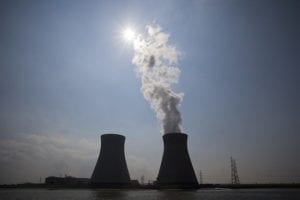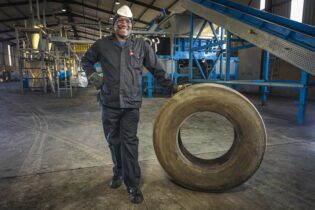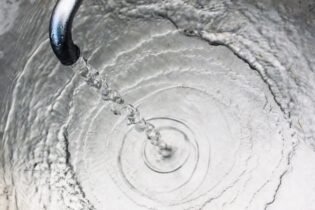Nuclear power currently accounts for about 10% of the world’s electricity, with the United States and European Union (EU) countries leading the way.
It received the ‘green’ light from the EU in early July 2022 – under restrictions – when it labelled both nuclear power and natural gas as ‘green’. The capacity factor of nuclear energy is about 1.5 to 2 times more than natural gas and coal units, and 2.5 to 3.5 times more reliable than wind and solar plants. With the ongoing energy crisis in South Africa heightening, and the viability of divesting ourselves from fossil fuels a very real challenge in a carbon-dependent South Africa, nuclear power seems like a more attractive solution for the country than we’d originally thought. But what are the true costs involved, both economically and environmentally?Managing nuclear risks
While Nuclear power may not be completely ‘green’ like wind or solar power, it is considered the lesser of the two evils, and not as bad as oil or coal. It is also the cleanest source of energy when compared to solar, wind and natural gas. In any scientific scenario, nuclear power plays a role in the energy transition, because without it the energy transition simply becomes much more costly. A major advantage of having virtually zero emissions is that it does offer a pathway away from reliance on fossil fuels. And, despite high-profile tragic accidents such as at Chernobyl and Fukushima, nuclear power has one of the lowest death rates attached to energy sources. The dynamics of the industry are also changing as nuclear technology gradually moves towards safer means of generating electricity and a better means of dealing with spent fuel. Meanwhile, the urgency to deal with potentially catastrophic global warming caused by burning fossil fuels is rising, along with the risks of energy security and energy poverty as families become unable to afford higher natural gas prices. However, the nuclear industry retains significant risks, led by the potential for accidents and the problem of safely storing radioactive waste.Safely storing waste
A growing role for nuclear power in the energy transition debate hinges on effectively resolving the waste issue. The world has a backlog of about 250,000 tons of highly radioactive waste that requires permanent storage solutions. The first permanent storage facility of this kind is being built in Finland and will open in 2025. The toxic waste will be buried deep in the ground in ultra-stable bedrock, but this will need to be monitored for a long time before it’s fully accepted as a proven solution. Other countries like Sweden, France and the UK are also developing permanent storage facilities. Technology development in this area is critical. The International Atomic Energy Agency sets out standards and reviews in a recognized system that allow for these risks to be well-managed. Countries that score well on nuclear safety are the ones that are viewed as investible.Costs and viability for South Africa
In 1964 South Africa became the first country in Africa to develop a nuclear power plant. The Koeberg power plant in Cape Town has two nuclear reactors and generates a total of 1,860 MW, or five percent of the country’s energy, and are licensed until 2024. The government has however expressed intent to ramp this up to 10,000 MW. South Africa’s 2019 Integrated Resource Plan (IRP) provides a framework for the government to grow the country’s nuclear generating capabilities by up to 2,500MW of new capacity, at a pace and scale that the country could afford. An RFP is currently out to select a service provider to develop a procurement framework for this new 2,500 MW nuclear programme, which closes in 2024. Plans are underway to extend this lifespan to 2044.Safety concerns have been raised regarding Koeberg’s lifespan extension, but the NPP has been deemed safe following a March 2022 mission to the power plant by an International Atomic Energy Agency (IAEA) team of experts to review long-term safety requirements.
Additionally, Thyspunt in the Eastern Cape had been identified as a site for building a nuclear power plant, but South Africa’s National Nuclear Regulator requested additional information earlier this year and has given Eskom twelve months to provide this as part of its license application process. There are also differences in opinion on what the additional nuclear energy options should be. Large-scale nuclear power plants could take up to 12 to 15 years to design and there is a risk that technology changes over this period could result in an outdated plant. Some commentators also argue that more Small Modular Reactors that are low cost and short-term are the best way forward. “High nuclear energy cost concerns are not specific to South Africa only. A 2021 electricity generation comparison by the US Energy Institute Administration looks at the long-term levelised cost of electricity (LCOE) and shows that nuclear energy has a very high levelised capital cost. Project delays can also materially add to this capital cost (as per the Koeberg example mentioned above), but variable and operating costs as well as maintenance for a nuclear facility is very competitive. This gives nuclear energy a total lifecycle cost that is more comparable with other energy options, “ says Derick Deale of Sanlam Investments.






